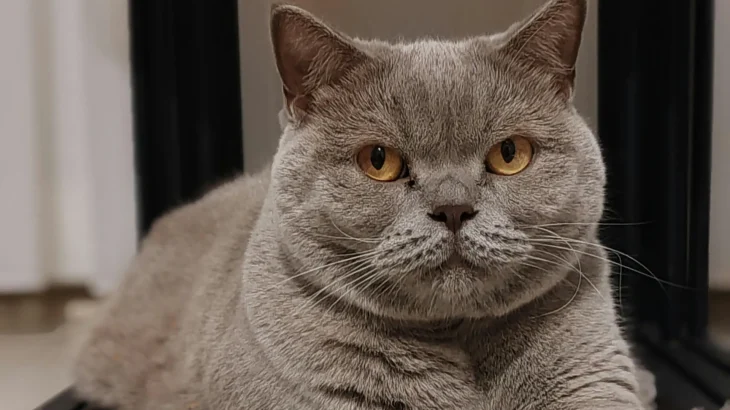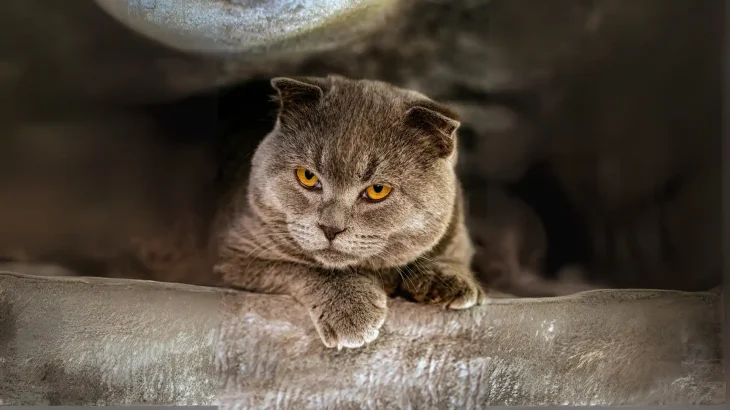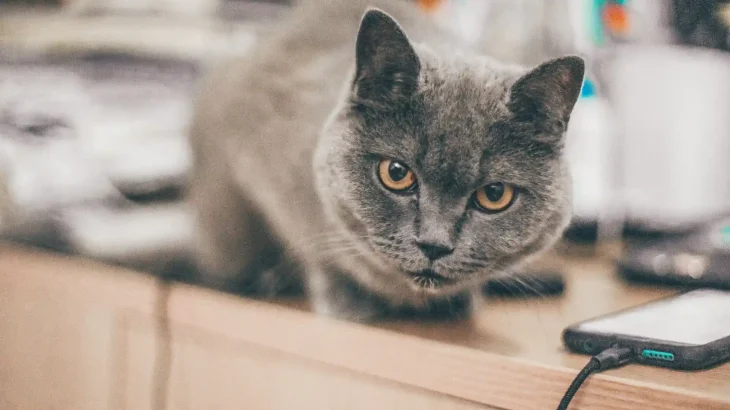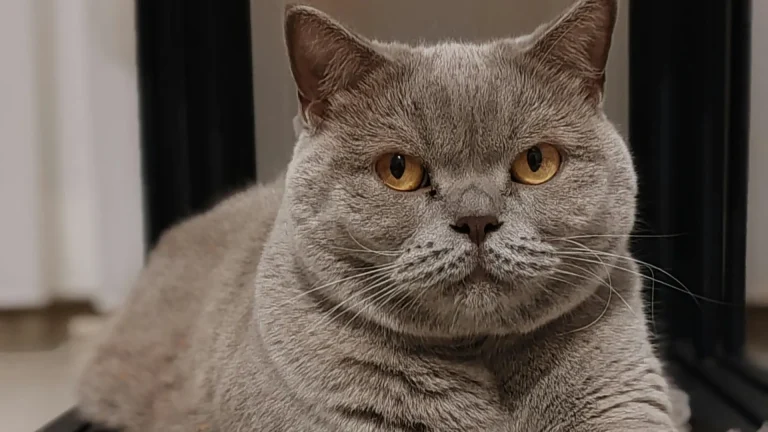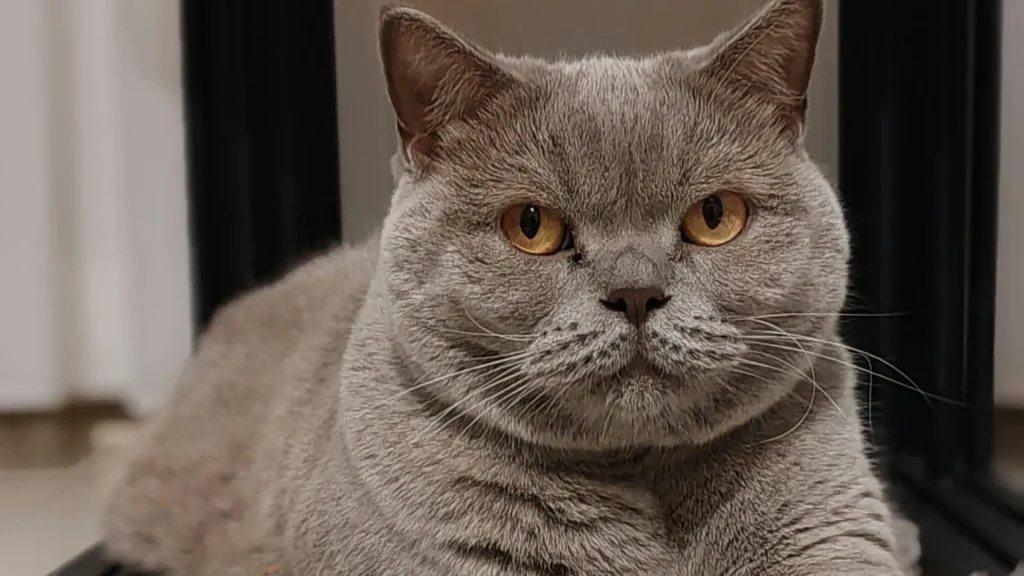When deciding whether to bring an Azul Cubano kitten into your home, you might wonder if adoption or purchasing from a breeder is the better route. Each option offers distinct advantages, especially when considering factors like health background and ethical responsibility. Picking the right source can make a big difference in your experience and the well-being of the kitten.
Adoption vs. Breeder: Pros & Cons
| Criteria | Buying from Breeder | Adopting from Shelter/Rescue |
|---|---|---|
| Cost | Generally higher cost due to breed rarity and pedigree. | Typically lower fees; helps provide homes for cats in need. |
| Health History | Usually thorough, including genetic screenings related to breed. | May be incomplete; health checks done but lineage often unknown. |
| Age Availability | Primarily kittens, perfect for raising from early days. | Varied ages, including adults and seniors seeking homes. |
| Temperament Insight | Breeders can offer detailed info based on lineage and parent cats. | Mostly behavior observations; full history might be missing. |
| Supporting Practices | Supports breeding programs committed to maintaining breed standards. | Supports animal welfare by rescuing cats and reducing shelter populations. |
| Ethical Considerations | Important to select responsible breeders to avoid unethical breeding. | Promotes giving a home to cats who might otherwise struggle to find one. |

